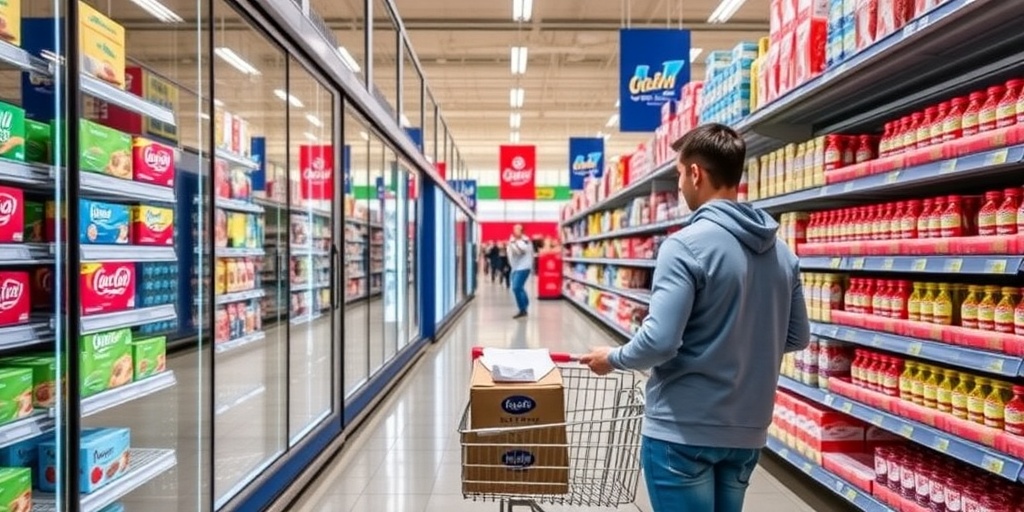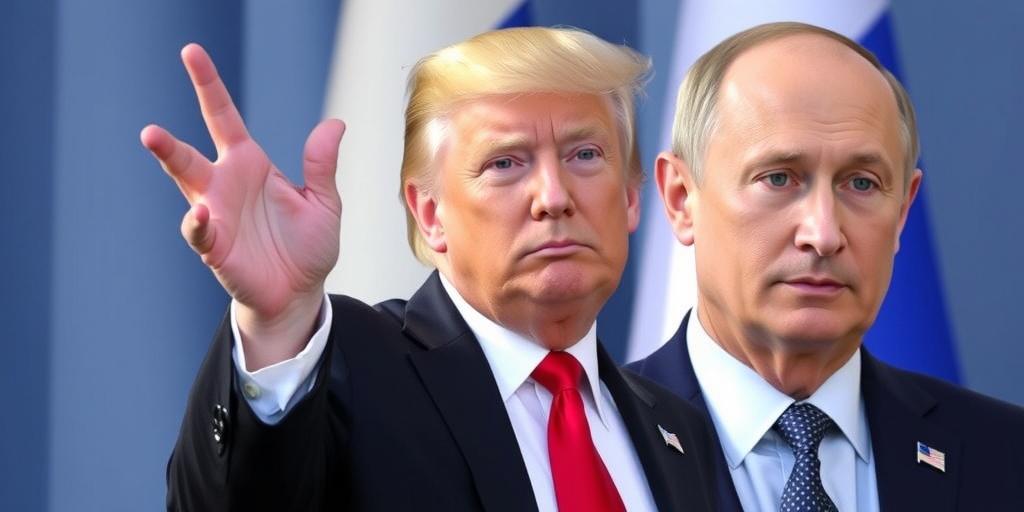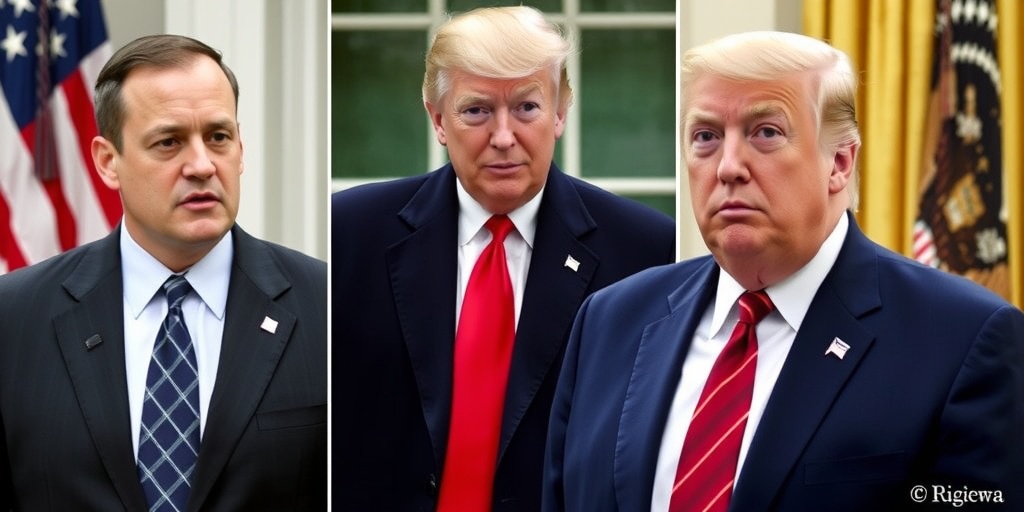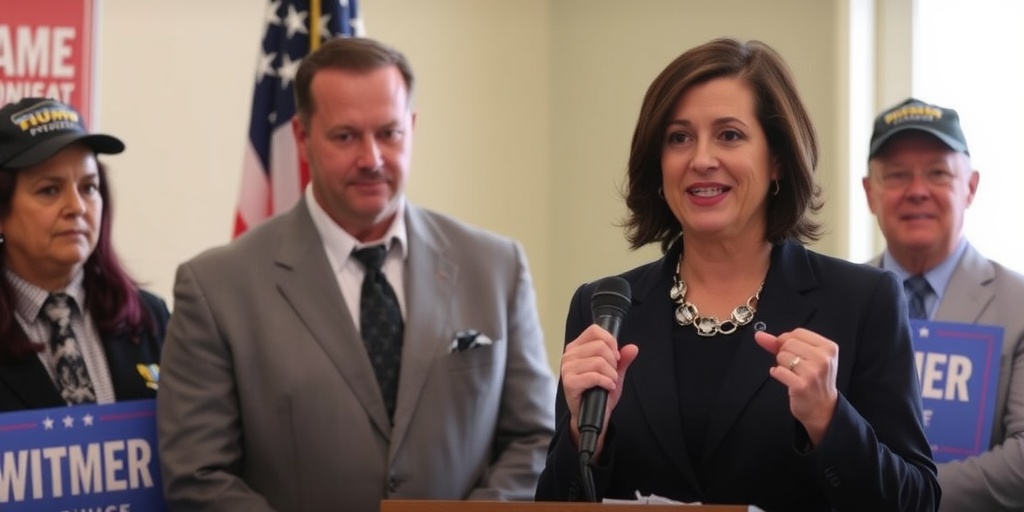Now Reading: Retailers Face Dilemma: Increase Prices or Absorb Costs Amid Trade War
-
01
Retailers Face Dilemma: Increase Prices or Absorb Costs Amid Trade War
Retailers Face Dilemma: Increase Prices or Absorb Costs Amid Trade War

Title: Retail Challenges Mount Amidst Tariff Turmoil
Vivian Hoffman, a seasoned retail professional with 50 years of experience, has seen her share of economic ups and downs. After over two decades as a buyer for Century 21, she has spent the last eight years managing Whim, a boutique chain specializing in affordable women’s clothing across the New York City suburbs. However, the recent months have presented unprecedented challenges, pushing even this veteran to her limits.
The products she curates predominantly come from manufacturers in China and Vietnam. With the current import duties soaring to 145 percent for Chinese goods and potential tariffs looming over Vietnamese imports, Hoffman finds herself in a precarious position. Although her suppliers bear the brunt of these tariffs, the effects are trickling down to her. Recently, one vendor increased the price of shoes by 20 percent, while others are preparing to follow suit in a bid to counterbalance higher costs. A supplier of Chinese-made jeans even struggled to determine pricing for their upcoming fall collection amid this volatile landscape.
The complexity of navigating fluctuating consumer demand adds to Ms. Hoffman’s dilemma. “I’m stuck in a dilemma,” she explained. “Should I reduce my orders due to anticipated drops in business, or should I stock up now before prices rise even further?” The mental tug-of-war is emblematic of the wider struggles facing retailers across the nation.
Whim may be small in the grand scheme of retail, but the difficulties Hoffman faces reflect a pervasive confusion impacting retailers everywhere. The unpredictable nature of tariffs—imposed, withdrawn, and modified by the government—obscures the path forward for businesses, both large and small. While giants like Walmart and Target wield significant leverage, allowing them to negotiate better terms with overseas suppliers, smaller retailers often feel powerless against price hikes imposed by their vendors.
Alyssa Chambers, owner of the candle-making brand Nova Essence IO, echoed similar worries, commenting that the cost of her 12-pack of glass candle jars from China had surged from $21 to $25 within a year. U.S.-made alternatives are prohibitively expensive, more than doubling the cost. “I’ve been absorbing these additional costs,” she admitted, “as I strive to keep my prices stable for customers.”
The pervading uncertainty surrounding tariffs is making consumers cautious, evident in recent consumer sentiment surveys. The University of Michigan’s Consumer Sentiment Index fell by 11 percent in March, signaling growing anxiety about rising prices. This shift in sentiment could lead to a greater demand for secondhand clothing and goods in the resale market, as nearly 85 percent of consumers surveyed expressed fears that tariffs would inflate prices.
David Silverman, a senior director at Fitch Ratings, remarked that the combined effect of tariffs and consumer anxiety could result in greater damage to retail sales than inflation itself. "The impact of tariffs on consumer sentiment may prove to be more detrimental than inflationary pressures," he asserted. This sentiment is particularly alarming given that last year, over 75 percent of toys and sporting goods, 40 percent of footwear, and a quarter of clothing and textiles imported into the U.S. originated from China.
Many companies have scrambled to adapt to this chaotic environment, but with limited success. Shoemaker Steve Madden responded by reducing its reliance on Chinese imports from 71 percent to 58 percent, aiming for a target in the low 40s soon. Edward Rosenfeld, CEO of the company, noted that they would “selectively raise prices” where feasible starting this fall. Meanwhile, Walmart remains optimistic, forecasting a 3 to 4 percent sales increase for the first quarter. However, the intricate web of tariffs complicates their financial forecasting.
Amazon, for instance, abruptly canceled orders for certain items, such as skateboards, as a direct consequence of the new tariff regime. Suppliers, once assured of sales without tariff burdens, must now navigate the added complexities of paying these tariffs while renegotiating prices with Amazon, which shifted more costs onto them.
Even smaller retailers are caught in the crossfire. Kim Vaccarella, founder of handbag company Bogg, planned to diversify her supply chain by exploring manufacturers in Vietnam and Sri Lanka. After facing significant barriers due to imminent tariffs on Vietnamese imports, she hesitated to place orders despite the groundwork laid prior. “We were in a strong position until just last week’s tariff announcements; it felt like our efforts had gone to waste,” she lamented.
As the situation evolves, companies like Vaccarella’s find themselves in a state of flux, often retracting price increases to keep pace with fluctuating market conditions. Each day presents a new challenge, as uncertainty reigns and businesses await clarity in an unpredictable retail landscape.
Stay Informed With the Latest & Most Important News
Previous Post
Next Post
-
 01New technology breakthrough has everyone talking right now
01New technology breakthrough has everyone talking right now -
 02Unbelievable life hack everyone needs to try today
02Unbelievable life hack everyone needs to try today -
 03Fascinating discovery found buried deep beneath the ocean
03Fascinating discovery found buried deep beneath the ocean -
 04Man invents genius device that solves everyday problems
04Man invents genius device that solves everyday problems -
 05Shocking discovery that changes what we know forever
05Shocking discovery that changes what we know forever -
 06Internet goes wild over celebrity’s unexpected fashion choice
06Internet goes wild over celebrity’s unexpected fashion choice -
 07Rare animal sighting stuns scientists and wildlife lovers
07Rare animal sighting stuns scientists and wildlife lovers





















